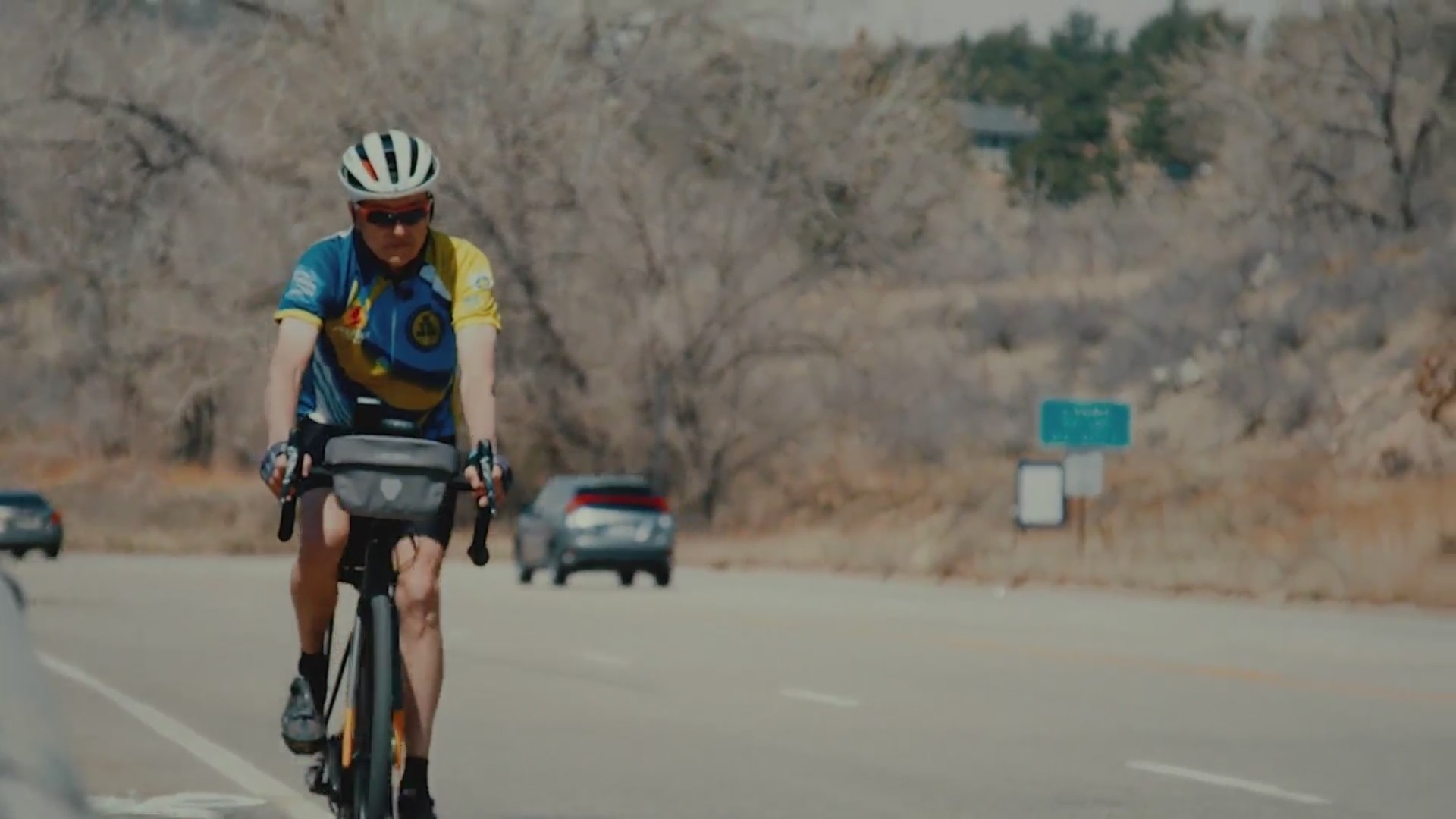CONCORDIA, Kan. (KSNT) – “Frost quakes” aren’t entirely uncommon, but the noises they make can be entirely unsettling if you’re never experienced one.
A couple in Kansas recently witnessed their first frost quakes — also known as cryoseisms or ice quakes — after moving to Concordia before the first cold snaps of the season.
“I was outside one day and kept hearing these ‘pops’ that sounded like firecrackers going off underground, right by where I was standing,” said Melody Gillan. “My husband thought I was crazy. He said it was someone shooting a gun off in the distance.”
On Tuesday, Gillan heard them again — but this time she captured the popping noises in a video.
“A few days later I was outside and he finally decided I wasn’t crazy, there was something popping in the yard under the ground,” Gillan said. “My husband was born here in Concordia and lived here 37 years, and we have friends here and none have ever heard of frost quakes.”

The StormTrack Weather Team at Nexstar’s KSNT created a graphic to help explain the process that causes these frost quakes. When temperatures fall rapidly, it causes underground water to freeze quickly. This newly frozen ice expands and puts extra pressure on the soil and bedrock around it.
Once the pressure builds enough, it can make the soil and even bedrock crack. As a result, the cracking can cause loud booms and sometimes even shaking.
The Encyclopedia Brittanica reports frost quakes can sometimes be mistaken for true earthquakes because of how intense the seismic vibrations can get, and they’re more common in polar and mountainous regions where glaciers move. However, because Gillan and her husband did not report any shaking, the StormTrack Weather Team believes the frost quakes they experienced were caused by pressure cracks in the soil, not the bedrock lower underground.
The U.S. Geological Survey, meanwhile, offers another explanation for the loud cracking heard during sudden drops in temperature.
“Another explanation for booms during cold snaps is the expansion and contraction of houses and other structures due to the extreme temperatures,” the USGS writes.










































































































